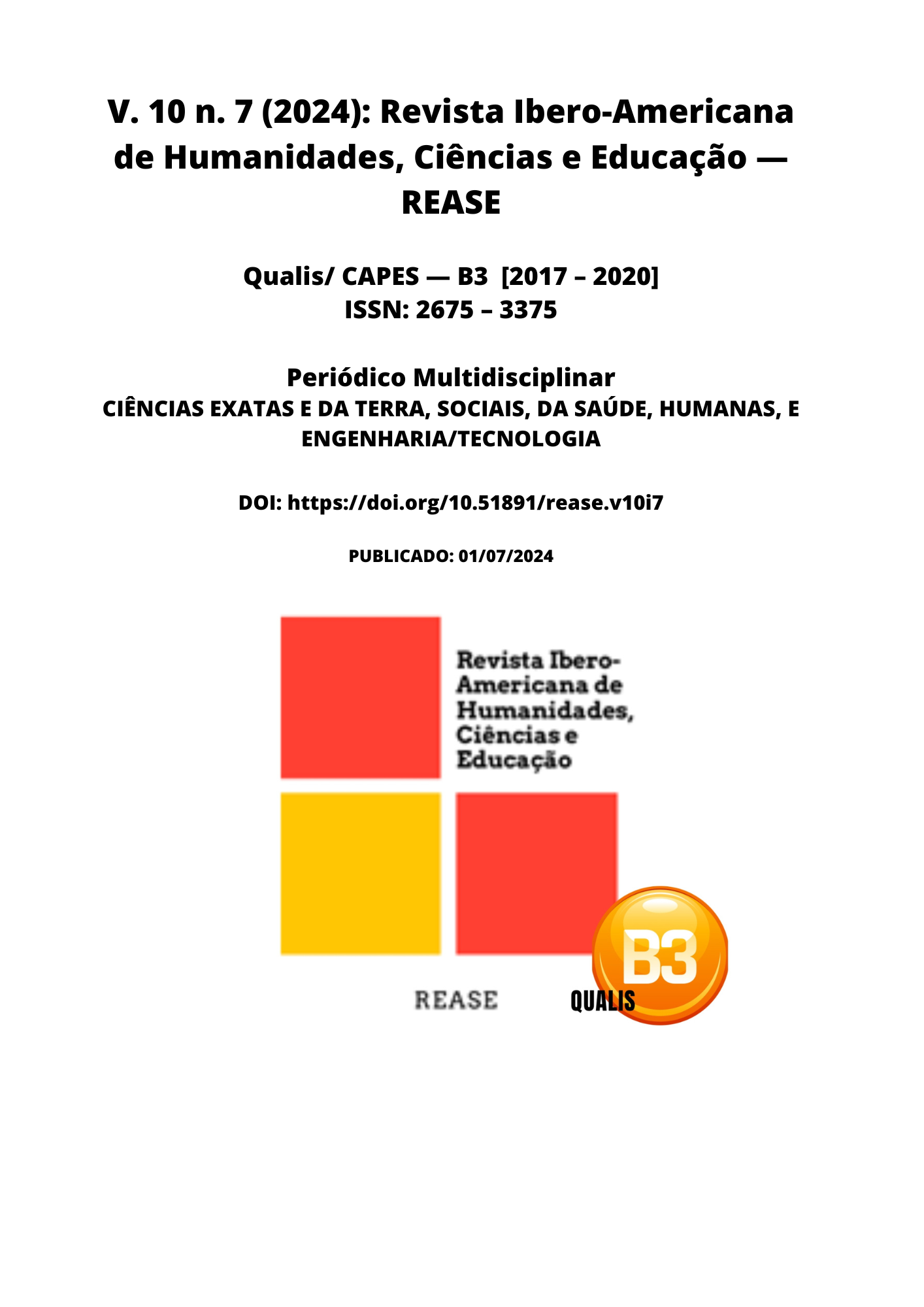VITILIGO: DEPIGMENTATION PATTERNS, PHOTOTHERAPY OPTIONS AND COSMETIC CAMOUFLAGE TECHNIQUES
DOI:
https://doi.org/10.51891/rease.v10i7.14967Keywords:
Vitiligo. Depigmentation. Phototherapy. Cosmetic camouflage and treatment.Abstract
Vitiligo is a dermatological condition characterized by the progressive loss of skin pigmentation, resulting from the destruction or dysfunction of melanocytes. The etiology of vitiligo is complex and multifactorial, involving genetic predisposition, autoimmune and environmental factors. Clinically, vitiligo manifested itself in different patterns of depigmentation, ranging from small macules to extensive discolored areas, significantly affecting patients' quality of life due to the aesthetic and psychological impact. In addition to therapeutic approaches focused on repigmentation, such as phototherapy, cosmetic camouflage techniques have gained prominence as complementary strategies to improve patients' appearance and self-esteem. Objective: to analyze the available evidence on depigmentation patterns, phototherapy options and cosmetic camouflage techniques in the management of vitiligo. Methodology: This review was carried out according to the PRISMA checklist, using the PubMed, Scielo and Web of Science databases. The descriptors used were "vitiligo", "depigmentation", "phototherapy", "cosmetic camouflage" and "treatment". Articles published in the last 10 years that addressed these specific aspects of vitiligo were included. Inclusion criteria were original studies that investigated depigmentation patterns, phototherapy interventions or cosmetic camouflage techniques. Exclusion criteria were studies that did not focus on vitiligo, research with participants who did not have a confirmed diagnosis of vitiligo and articles that did not report specific results on the selected descriptors. Results: The review identified that the most common depigmentation patterns included segmental and non-segmental vitiligo, with significant variations in the distribution and progression of lesions. Regarding phototherapy, narrowband UVB and PUVA (psoralen + UVA) therapies have been shown to be effective in inducing repigmentation in many patients. Cosmetic camouflage techniques, such as the use of specialized makeup and medical tattooing, have been effective in improving aesthetic appearance and increasing patients' confidence. Conclusion: This systematic review showed that the combination of therapeutic strategies, including phototherapy and cosmetic camouflage techniques, was fundamental for the comprehensive management of vitiligo. Personalizing treatment based on depigmentation patterns and patient preferences can optimize clinical and psychosocial outcomes, highlighting the importance of multidisciplinary approaches in dermatological practice.
Downloads
Downloads
Published
How to Cite
Issue
Section
Categories
License
Atribuição CC BY

